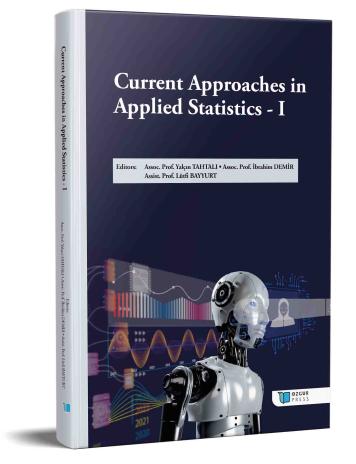
Testing the Relative Purchasing Power Parity in Türkiye: Comparing the Headline and Core Inflation
Chapter from the book:
Tahtalı,
Y.
&
Demir,
İ.
&
Bayyurt,
L.
(eds.)
2025.
Current Approaches in Applied Statistics I.
Synopsis
After the officially abandon of the Bretton Woods Agreements in the 1973, flexible foreign rates were adopted and exchange markets were allowed fluctuate freely. Thus, the question of how to resolve the value of exchange rates came to the agenda. The first theory that came to mind was Purchasing Power Parity. The notion of PPP embraces the idea that flexible foreign exchange rates adjust themselves right away according to inflation rates. Therefore, PPP asserts that the currency of the higher inflation country should be depreciated by the inflation difference. This paper examines the validity of the relative purchasing power parity (PPP) for Türkiye with its major trading partners: the USA, the UK and Euro area. To do so, simple linear regression models is employed to quarterly data over the period 2002–2023. The empirical findings illustrate that PPP is invalid for major partner currencies ($, £, €) since exchange rate movements and inflation differentials are not identical. However, when the headline inflation is used instead of core inflation, findings show that variations in exchange rates become more tied to inflation rates. Nevertheless, results also emphasize that Turkish Lira deprecation can be attributed other factors than inflation.

